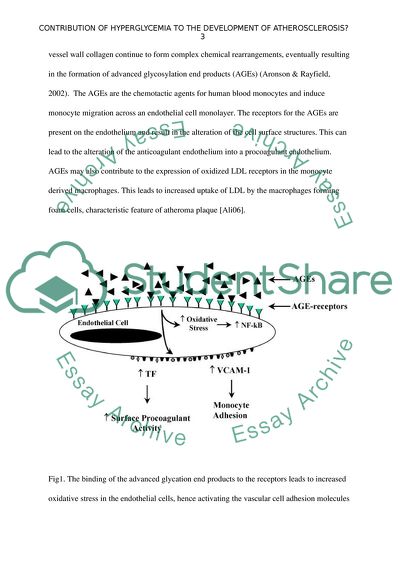Cite this document
(How Might Hyperglycemia Contribute to the Development of Article, n.d.)
How Might Hyperglycemia Contribute to the Development of Article. https://studentshare.org/health-sciences-medicine/1811387-how-might-hyperglycaemia-contribute-to-the-development-of-atherosclerosis
How Might Hyperglycemia Contribute to the Development of Article. https://studentshare.org/health-sciences-medicine/1811387-how-might-hyperglycaemia-contribute-to-the-development-of-atherosclerosis
(How Might Hyperglycemia Contribute to the Development of Article)
How Might Hyperglycemia Contribute to the Development of Article. https://studentshare.org/health-sciences-medicine/1811387-how-might-hyperglycaemia-contribute-to-the-development-of-atherosclerosis.
How Might Hyperglycemia Contribute to the Development of Article. https://studentshare.org/health-sciences-medicine/1811387-how-might-hyperglycaemia-contribute-to-the-development-of-atherosclerosis.
“How Might Hyperglycemia Contribute to the Development of Article”. https://studentshare.org/health-sciences-medicine/1811387-how-might-hyperglycaemia-contribute-to-the-development-of-atherosclerosis.


